Last night, I actually slept in a dammuso on the Mediterranean island of Pantelleria. It wasn’t like any place I’ve ever stayed before.
These ancient stone dwellings, with their domed roofs and super thick walls, have sheltered islanders for centuries. The clever, Arab-inspired design keeps the inside cool during blazing summer days and warm on chilly winter nights—no air conditioning needed.
As the evening breeze swept across the island, I settled into my temporary home. I noticed right away how the thick stone walls blocked out the day’s heat.
The high, vaulted ceiling circulated air surprisingly well, making it easy to sleep—even though it was warm outside. These buildings aren’t just pretty to look at. Their roofs collect precious rainwater, which is a lifesaver on an island where fresh water is rare.
This morning, I stepped outside and realized how perfectly these whitewashed structures blend into Pantelleria’s rugged landscape. My dammuso sat tucked among olive trees and vineyards, with stunning views of the blue Mediterranean.
If you’re after something authentic, spending a night in one of these old dwellings connects you to ancient wisdom—and lets you skip the modern hotel scene for something way more eco-friendly.
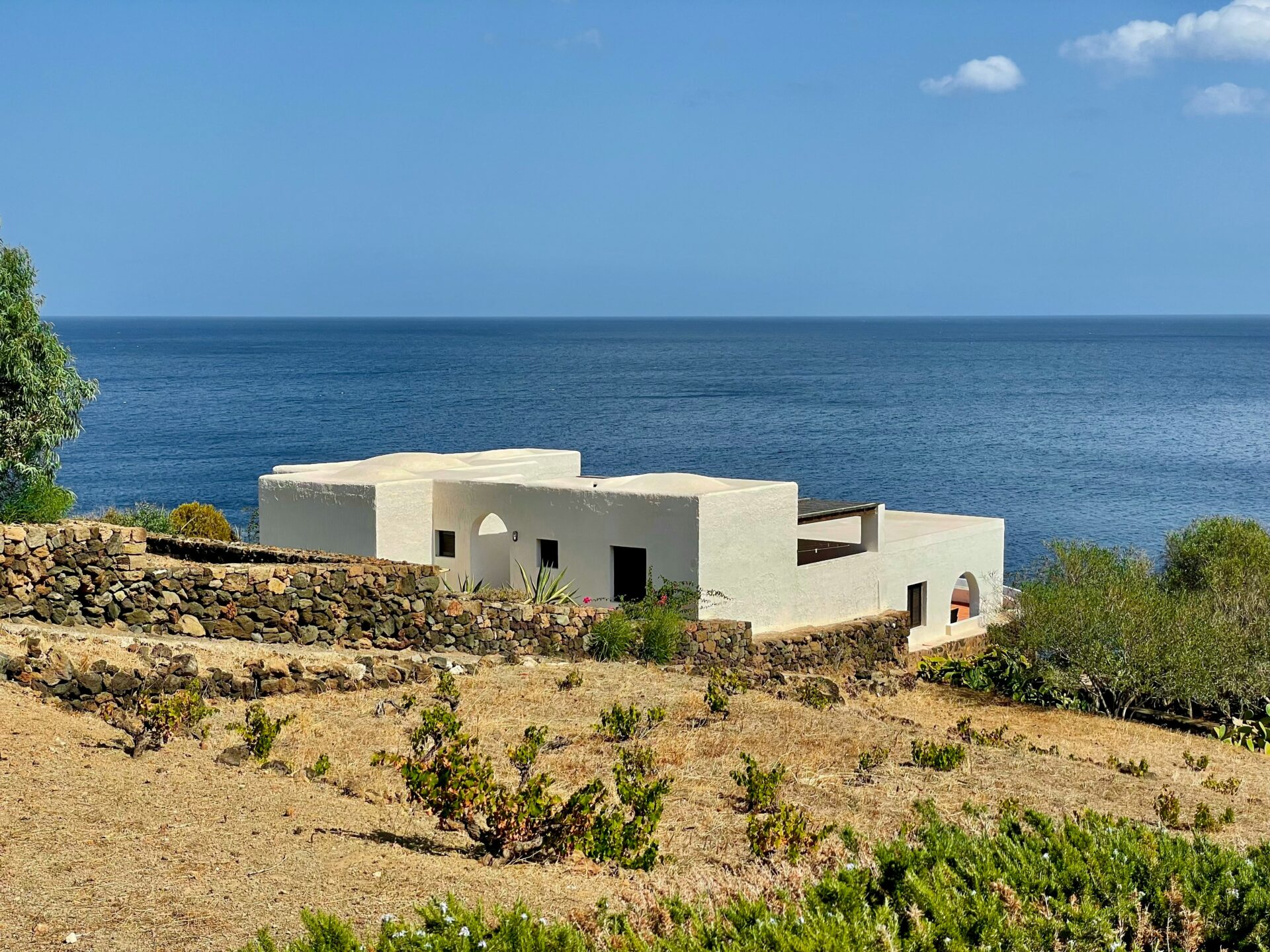
What Makes a Dammuso Unique?
Dammusi really stand out from other Mediterranean buildings. Their volcanic stone construction and smart design have survived centuries of rough island weather.
These homes blend practical engineering with real cultural heritage.
A Glimpse Into Ancient Architecture
The first time I saw a dammuso on Pantelleria, I felt like I was looking at the island’s history in stone. Dammusi show off Arab architectural influences that shaped this Italian island for centuries.
Some of these buildings are hundreds of years old, yet people still live in them today.
What grabbed my attention was how well these homes fit into Pantelleria’s rocky landscape. They almost look like they grew straight out of the volcanic ground, built from local materials that tie them to their surroundings.
Designers call this “genius loci”—the spirit of a place. That’s what makes staying in a dammuso feel so different from a modern hotel. You’re living inside history, not just visiting it.
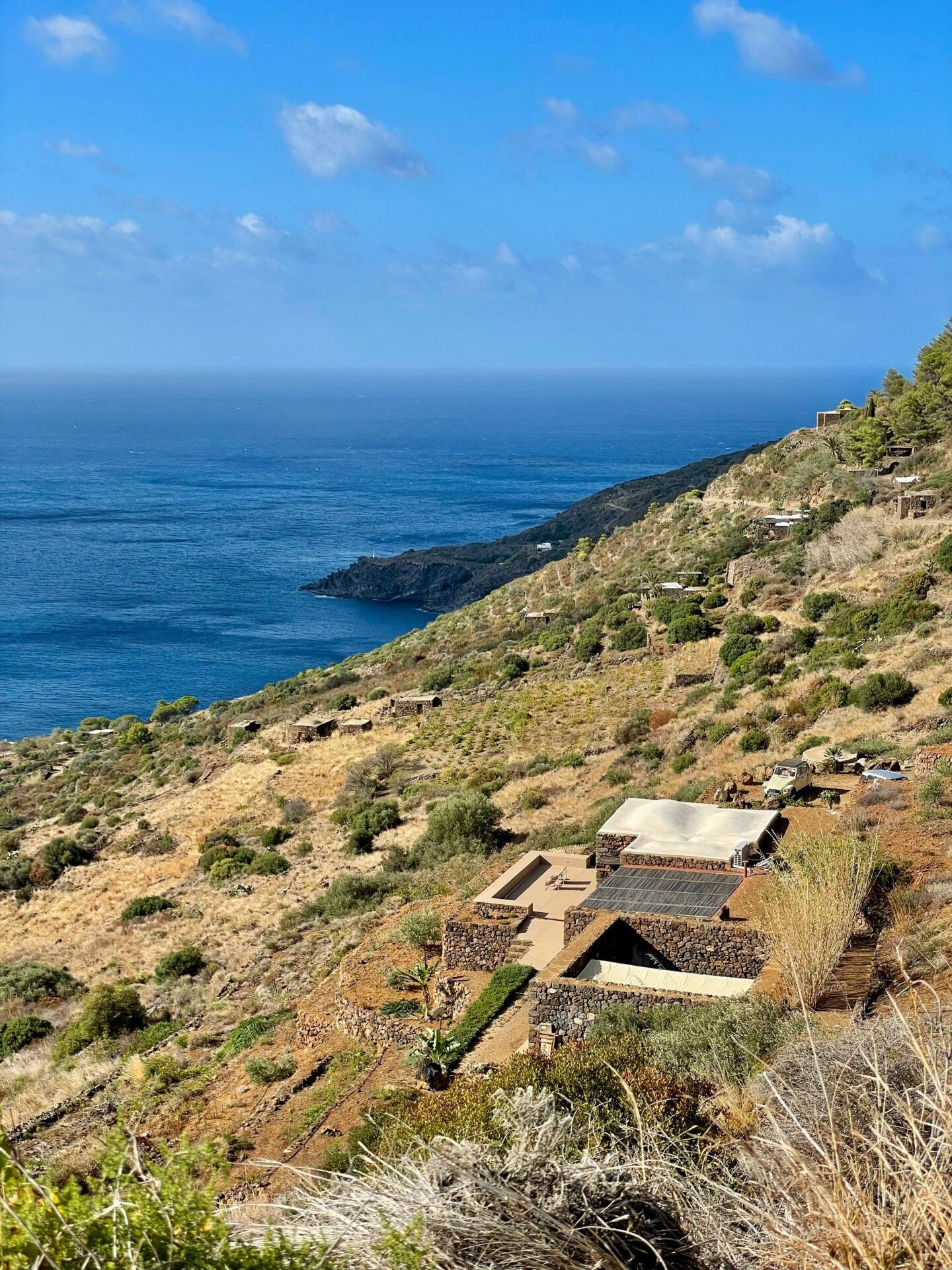
Dammusi Versus Other Mediterranean Homes
Dammusi don’t look much like the whitewashed houses of Santorini or the terracotta-roofed villas you see all over Italy. They have a distinct style and, honestly, a totally different purpose.
Most Mediterranean homes focus on looks, but dammusi put climate control first.
I’ve stayed in all sorts of traditional Mediterranean houses, but nothing matched a dammuso’s natural ability to stay cool. Even during my summer trip, the inside stayed comfortable without any air conditioning.
Other homes usually need modern upgrades to stay comfortable. Dammusi came with their own sustainable tricks, centuries before “green building” was even a thing.
The stone walls are sometimes a meter thick, providing insulation that most modern buildings can only dream about. This old-school approach to comfort is something we’re only now starting to appreciate again.
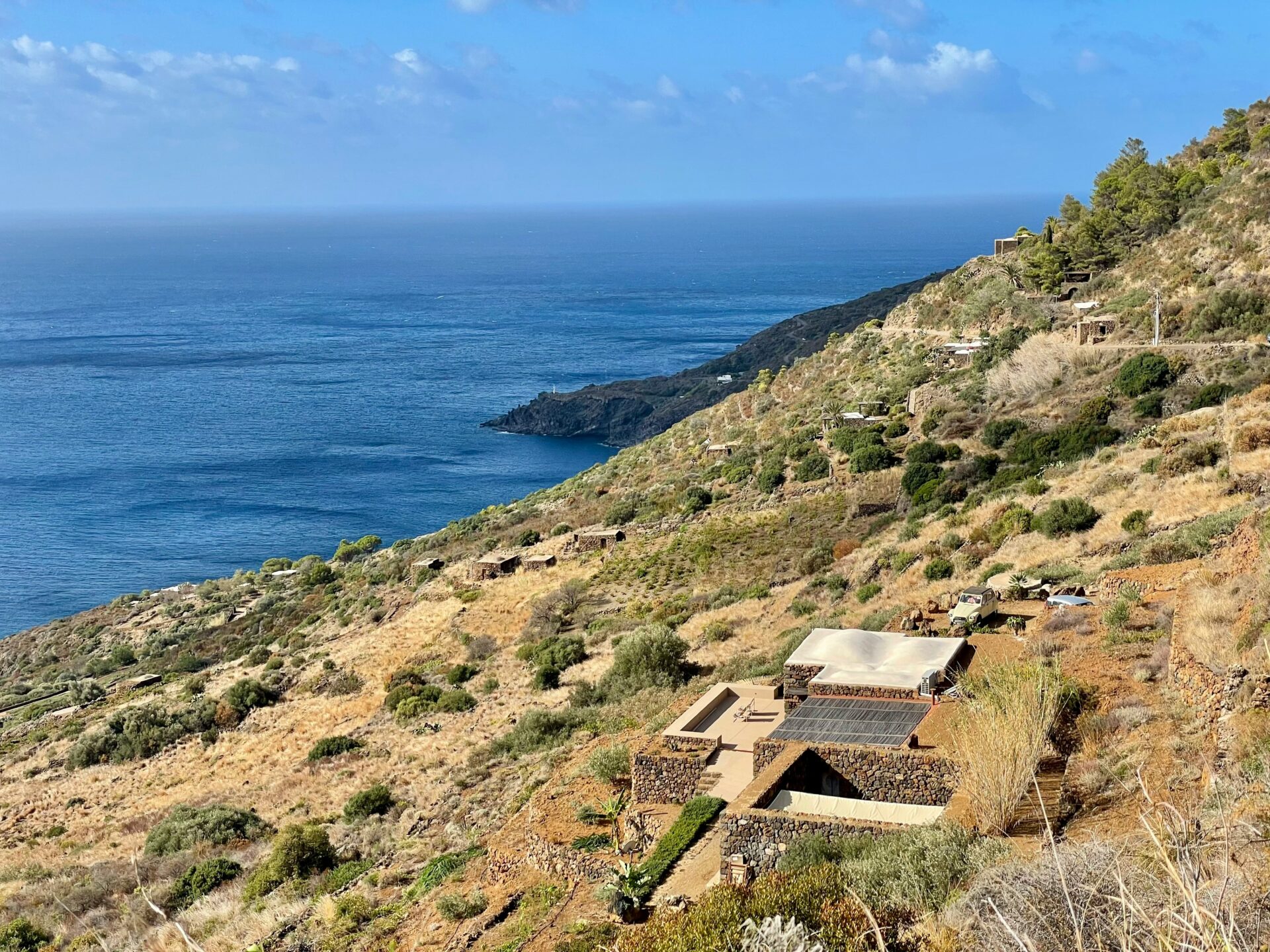
Signature Design Elements
A few features really make a dammuso stand out:
- Domed roofs: They’re not just for show. These curved ceilings collect rainwater and funnel it into underground cisterns.
- Thick volcanic stone walls: They keep out the summer heat and trap warmth in winter.
- High vaulted ceilings: Warm air rises, so the living spaces below stay cooler.
- Central living rooms: These create communal spaces at the heart of the home.
Inside, the domed roof made the space feel bigger than I expected. Even though the outside looks like a fortress, the inside felt open and airy.
The rainwater collection system blew me away. On a dry island, this kind of design means you don’t have to worry about running out of water—pretty genius, if you ask me.
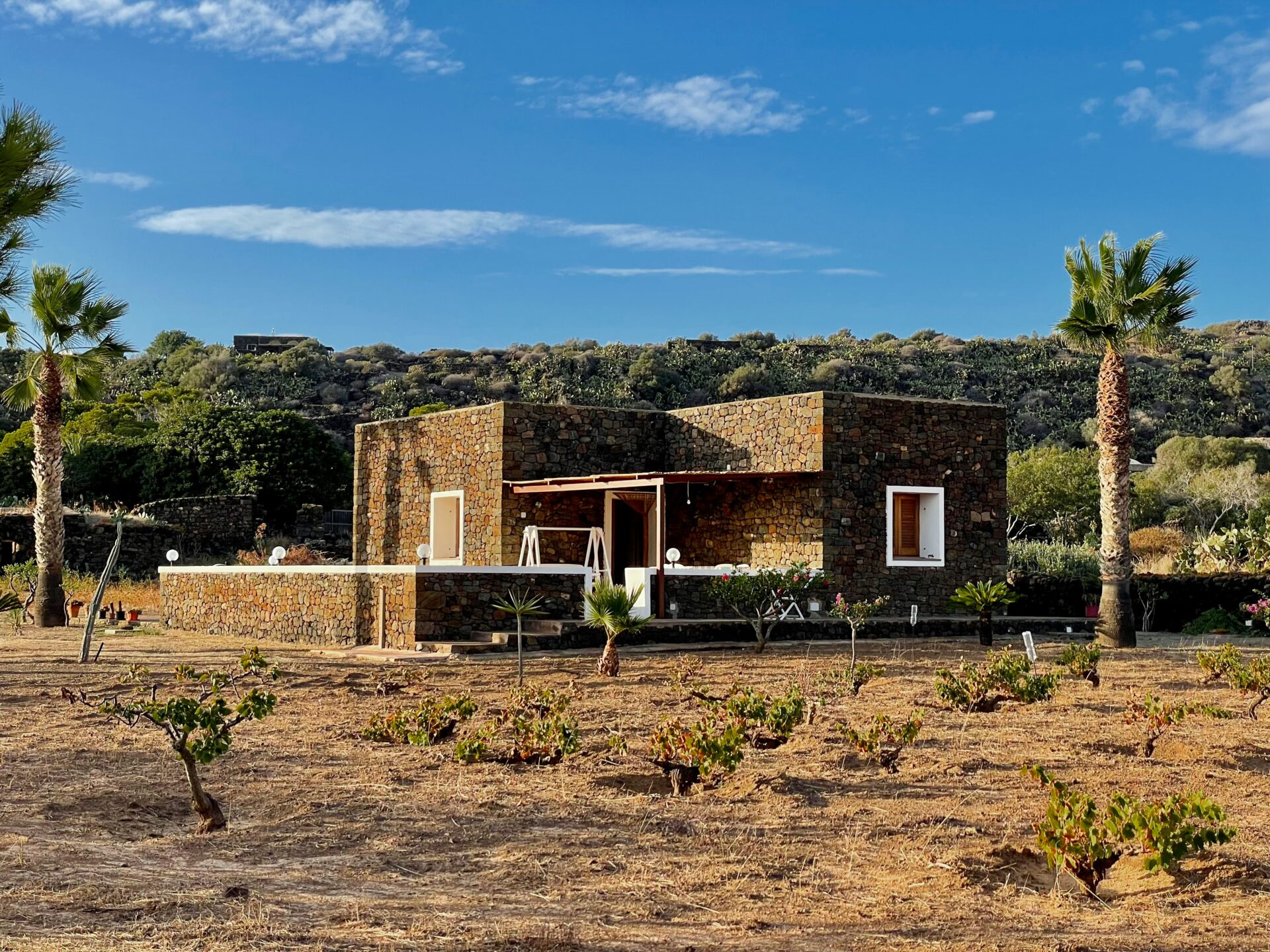
Experiencing a Night in a Dammuso
Spending a night in a dammuso gave me a mix of history and comfort that modern hotels just can’t match. The natural temperature regulation and ancient architecture made the stay feel both luxurious and unmistakably Mediterranean.
Sleeping Comfortably in Mediterranean Cool
Those thick stone walls worked like magic, keeping the bedroom cool without any machines humming away. Even as May temperatures climbed outside, the inside stayed just right.
I slept on a firm but comfy bed, wrapped in locally-made linens. No buzzing electronics, no bright city lights—just peace and quiet.
The dome-shaped roof seemed to create its own breeze, somehow. People have counted on this trick for centuries.
My host mentioned that in winter, the stone walls soak up the day’s heat and release it at night, so it stays cozy without blasting the heater.
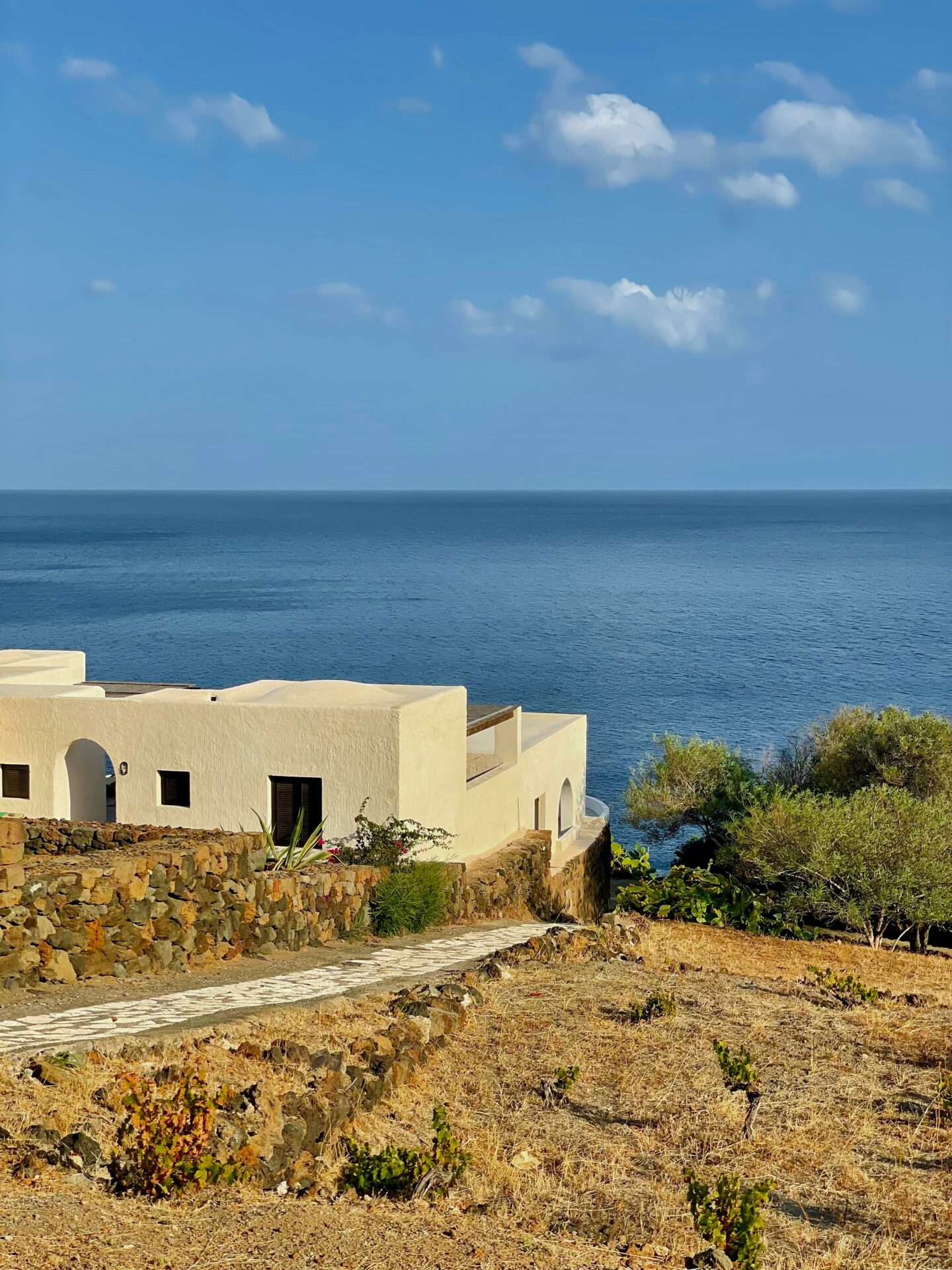
Ambience and Decor: Merging the Old With the New
The decor struck a sweet balance—historic stone archways at the doors, simple furniture that didn’t fight with the architecture.
Soft lighting highlighted the rough texture of the stone walls. I found little niches carved out for candles and local art.
Colors inside mirrored the world outside: earth tones, Mediterranean blues, and crisp whites.
My favorite spot was a tiny sitting area by a window overlooking the sea. The window frame was original, but someone had restored it with care.
Local ceramics, handwoven fabrics, and rustic wood pieces gave the place a real Pantelleria vibe.
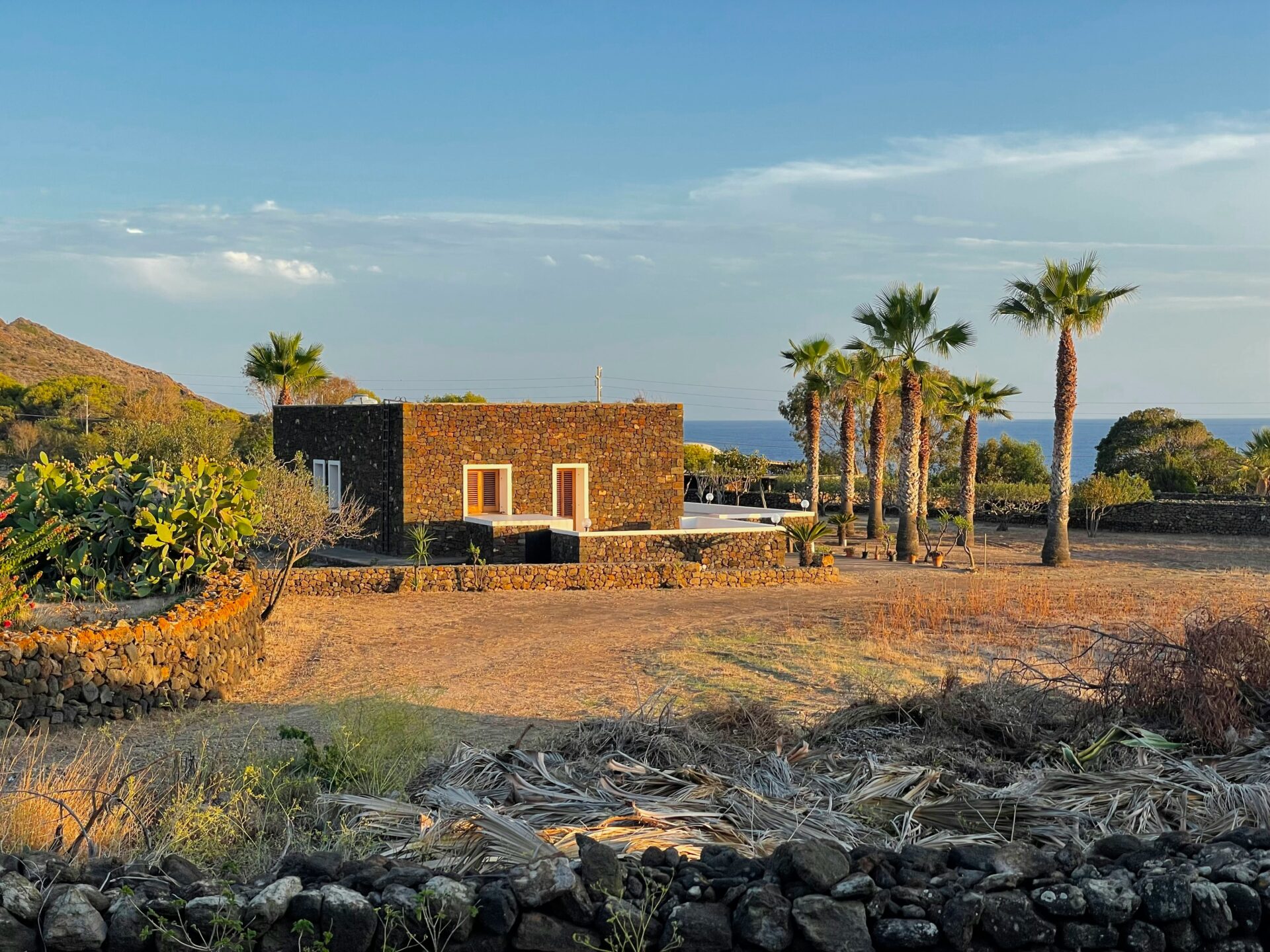
Amenities That Enhance the Stay
Even with all the history, the dammuso didn’t skip on comforts. The bathroom had modern fixtures that fit right in with the old stone. Hot water was always ready.
A little kitchenette made it easy to prep simple meals, with pottery dishes and glassware from the island. The hosts stocked basics like coffee, tea, and olive oil.
Wi-Fi worked, but only in certain spots, which nudged me to unplug.
Outside, a private patio offered comfy seats for sunset watching. The rainwater system on the roof fed a small garden with drought-resistant plants.
The property managers lived nearby. They gave great local tips but never intruded.

Dammuso Settings: Nature, Views, and Surroundings
The setting of a dammuso is honestly its most magical part. There’s this perfect harmony between the old stone architecture and the wild Mediterranean landscape.
You get to live in nature, but it feels safe and comfortable.
Waking Up to the Mediterranean Sea
Morning light slipped through the small windows as I woke up to the sound of distant waves. Many dammusi are built to catch jaw-dropping sea views, perched on hills or cliffs above the water.
From my bed, I could see the blue Mediterranean stretching out forever. The view wasn’t just beautiful—it kind of changed the way I felt.
Some places sit nearly 270 meters above sea level, giving you sweeping views of the whole coastline.
The sea shifts all day long. In the morning, it’s glassy and calm. By afternoon, the blue deepens as the sun moves. Some dammusi have outdoor spaces made just for watching these changes.
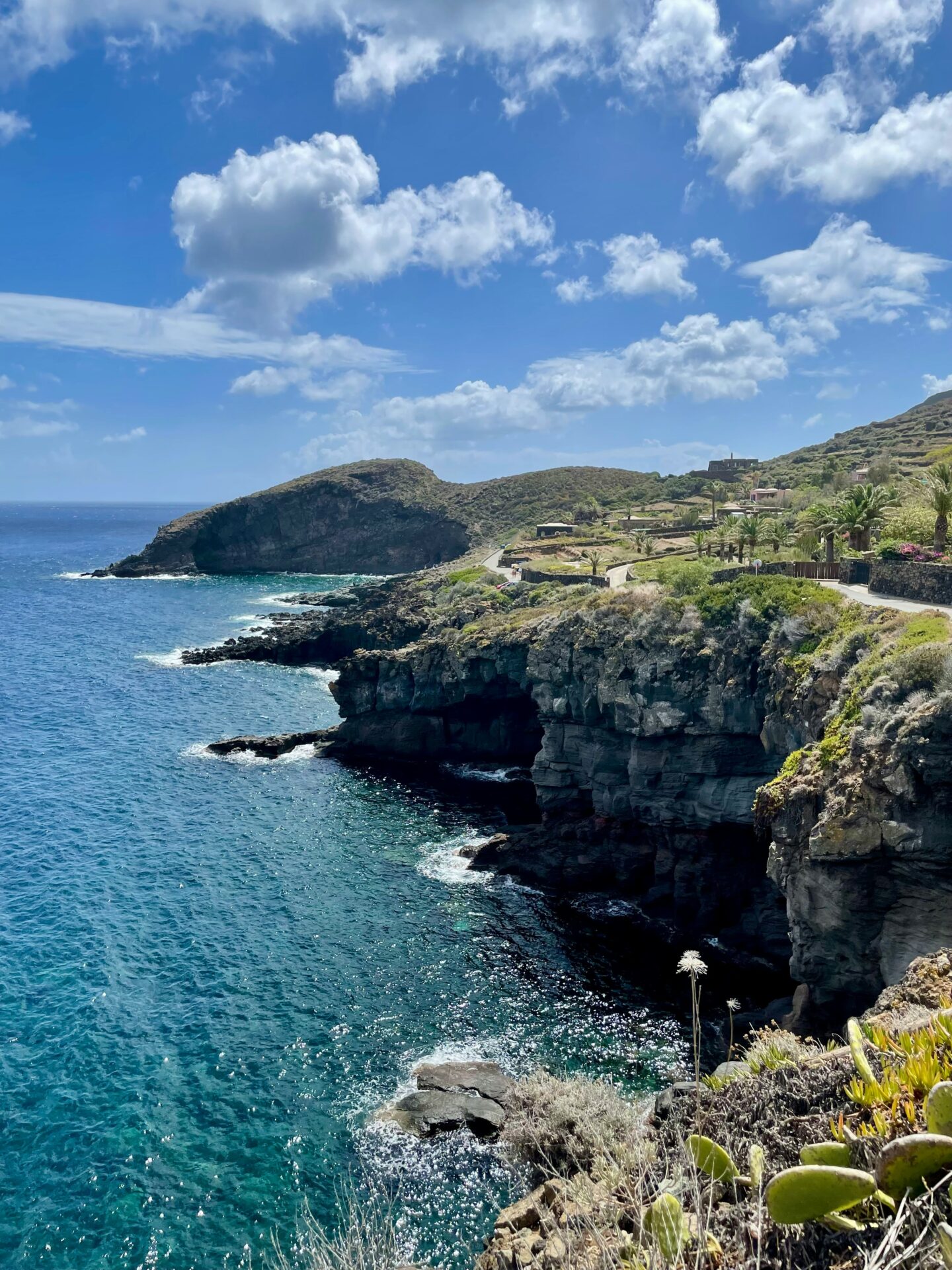
Olive Trees and Wild Vineyards
Step outside a dammuso and you’ll probably find yourself among ancient olive trees and sprawling vineyards. These aren’t just for looks—they’re part of everyday life here.
Some olive trees are centuries old, offering cool shade on hot afternoons. Their silvery leaves shimmer in the breeze.
The vineyards around many dammusi grow some of the island’s best grapes. In the Cannachi Valley, I wandered between rows of vines that families have tended for generations.
What I love is how the farmed land and wild plants blend together. There’s no sharp line between nature and cultivation. Fig trees, wild herbs, and native flowers fill the air with their scent.

Natural Wonders Beyond the Stone Walls
Go just beyond your dammuso and you’ll find all kinds of natural wonders. The volcanic landscape makes for dramatic scenery.
There are strange rock shapes, hidden coves, and thermal springs waiting to be found. I hiked to a few viewpoints and even saw neighboring islands on a clear day.
Birds of prey soared overhead, and smaller animals rustled in the bushes. At night, the sky was full of stars—no city lights to spoil the view.
The quiet really got to me. With no traffic or city noise, I could hear the wind in the arches, waves in the distance, and olive branches brushing the ancient walls.

Planning Your Dammuso Stay
Finding the right dammuso for your trip takes a little effort, but it’s so worth it. These ancient stone homes offer a real taste of history and natural comfort in hot weather.
Choosing the Perfect Location
When I started looking for my first dammuso, I quickly realized that location makes a huge difference. Pantelleria is really the place to go—this is where dammusi were born.
The island has all kinds of settings. Some dammusi overlook the sea, others are tucked in vineyards.
Tenuta Borgia, for example, has a lovely dammuso complex with a pool. That’s a big deal since water is precious here.
The landscape around you shapes your whole experience. Do you want sea views, total seclusion, or to be near a little village?
Some estates group several dammusi together, so you get a tiny community but still keep your privacy. Personally, I like places surrounded by stone and old architecture that just melt into the landscape.
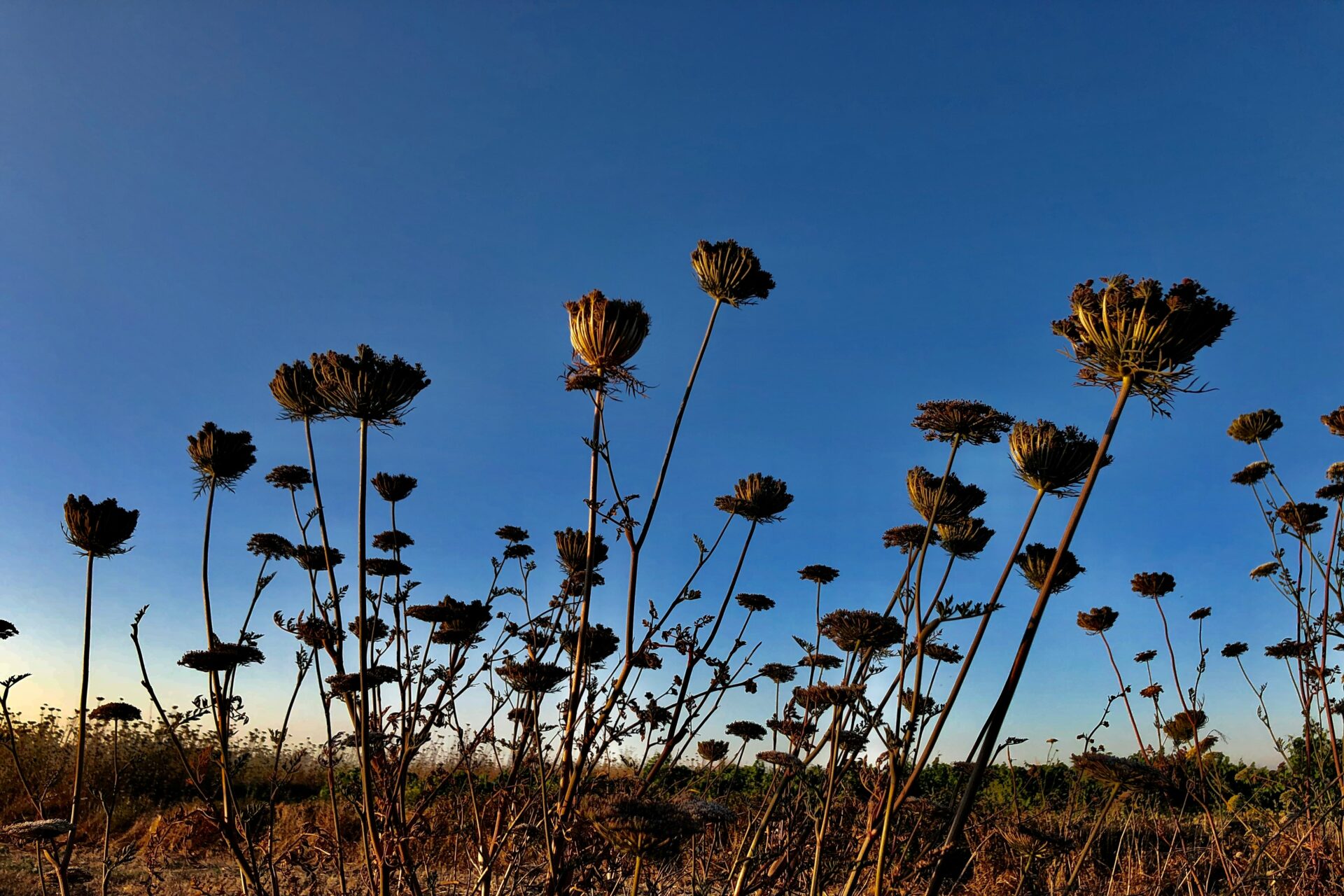
Budget Options and Vacation Rentals
You can find dammusi at all price points, which makes this experience open to a lot of people. I found great options on Airbnb, where owners have restored these old homes without ruining their original charm.
Cheaper dammusi are usually smaller and simpler, but you still get those thick stone walls and domed roofs that keep things comfortable—my favorite part.
If you want to splurge, there are luxury dammusi with pools and fancy decor. I went for something in the middle: rustic, but with the comforts I needed.
Vacation rental sites often call dammusi “countryside villas” or “traditional stone houses.” Book early, especially for summer. A lot of places ask for a minimum stay of 3-7 nights, so plan for that if you want the full experience.

What to Do Around Pantelleria and the Mediterranean
Pantelleria is full of natural wonders and cultural experiences. The volcanic scenery gives you a mix of relaxation and adventure.
Nearby Attractions and Local Experiences
Most mornings, I explored Pantelleria’s natural hot springs at Lago Specchio di Venere (Venus’s Mirror Lake). The mineral-rich mud there makes for a spa experience that left my skin feeling pretty amazing.
Visiting local wineries is a must. The island’s Zibibbo grapes produce the famous Passito di Pantelleria sweet wine. I toured a family vineyard and learned how they train their vines low to the ground to protect them from the wind.
The old town, influenced by Arabic culture, has winding streets that are fun to get lost in. I found cafés serving traditional Pantescan food, especially dishes with the island’s famous capers.
There are also ancient archaeological sites scattered around—prehistoric homes, Roman ruins, and more. They all tell stories about Pantelleria’s role in Mediterranean history.

Diving and Swimming Pools: Embracing the Island’s Waters
Pantelleria sits in the middle of crystal-clear Mediterranean waters, and honestly, I couldn’t resist diving in. Exceptional diving opportunities are everywhere. At Punta Spadillo, I swam among vibrant marine life and marveled at wild underwater volcanic formations. Sometimes, you get visibility over 30 meters—pretty unreal.
For something a little different, I headed to the natural pool of Laghetto delle Ondine. The rocks create a seawater pool that’s calm even when the open sea gets rough.
Cala Levante and Cala Tramontana turned out to be perfect for snorkeling. I watched colorful fish dart around the rocks, and it felt like I was in a giant aquarium.
A lot of dammusi properties have their own infinity pools looking out over the sea. I made a habit of swimming at sunset. Watching the sun dip toward Tunisia became my favorite kind of ritual.
At Gadir, the natural thermal pools bubble year-round. The mineral-rich water feels amazing, and locals say it helps with arthritis and skin stuff. Who knows? I just know it was relaxing.

Dammusi Throughout the Mediterranean
Pantelleria’s dammusi get most of the attention, but you can actually find similar buildings all over the Mediterranean. These structures have thick stone walls and domed roofs that collect water. They stay cool inside, even when summer turns brutal.
Traces From Sicily to Portugal
I learned that dammusi-style architecture pops up in other places too. In Sicily, especially near c, you’ll spot stone dwellings using the same tricks for natural cooling. They dot the countryside, quietly showing off centuries of know-how.
When I made it to Portugal’s southern regions, I noticed their traditional stone homes looked a lot like dammusi. They use thick walls and smart designs to fight the heat.
The thing that really gets me is how these buildings developed on their own in different places, but they still share those core ideas. Local materials and weather shaped each version, but the cooling principles stayed the same.
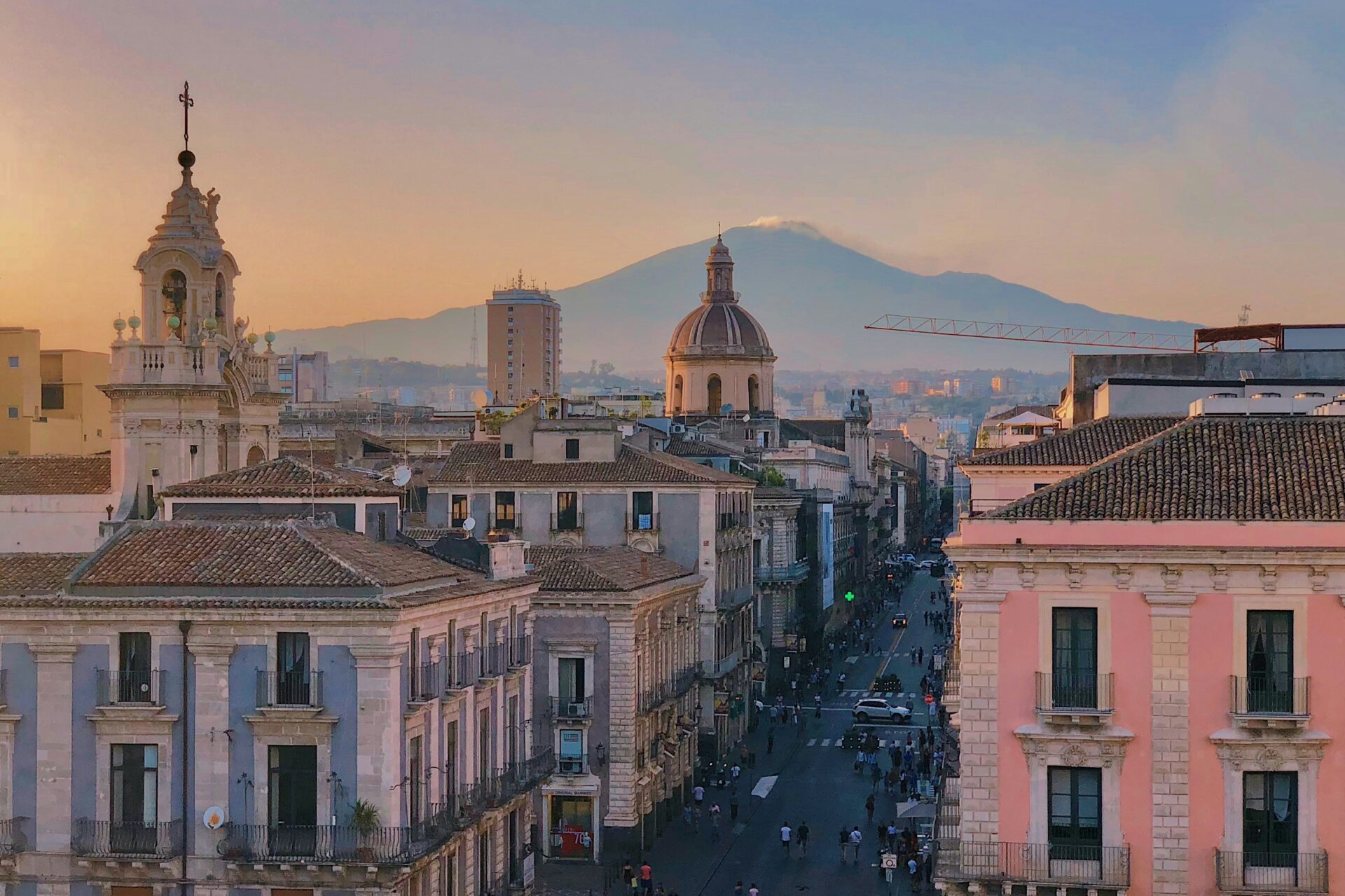
Comparing Urban and Rural Dammusi
Rural dammusi feel more spacious and, honestly, more authentic. Out in the countryside near Puglia, I found traditional elements like:
- Exposed stone interiors
- Tiny window openings
- Courtyards for evening hangouts
- Clever rainwater collection systems
Cities like Milan have put a modern spin on the dammuso. In urban spots, you’ll see thick walls and domed ceilings, but with contemporary comforts mixed in.
On the Amalfi Coast, I came across some beautiful hybrids. These coastal homes blend dammusi ideas with local traditions, and they almost always have terraces that show off those incredible sea views.
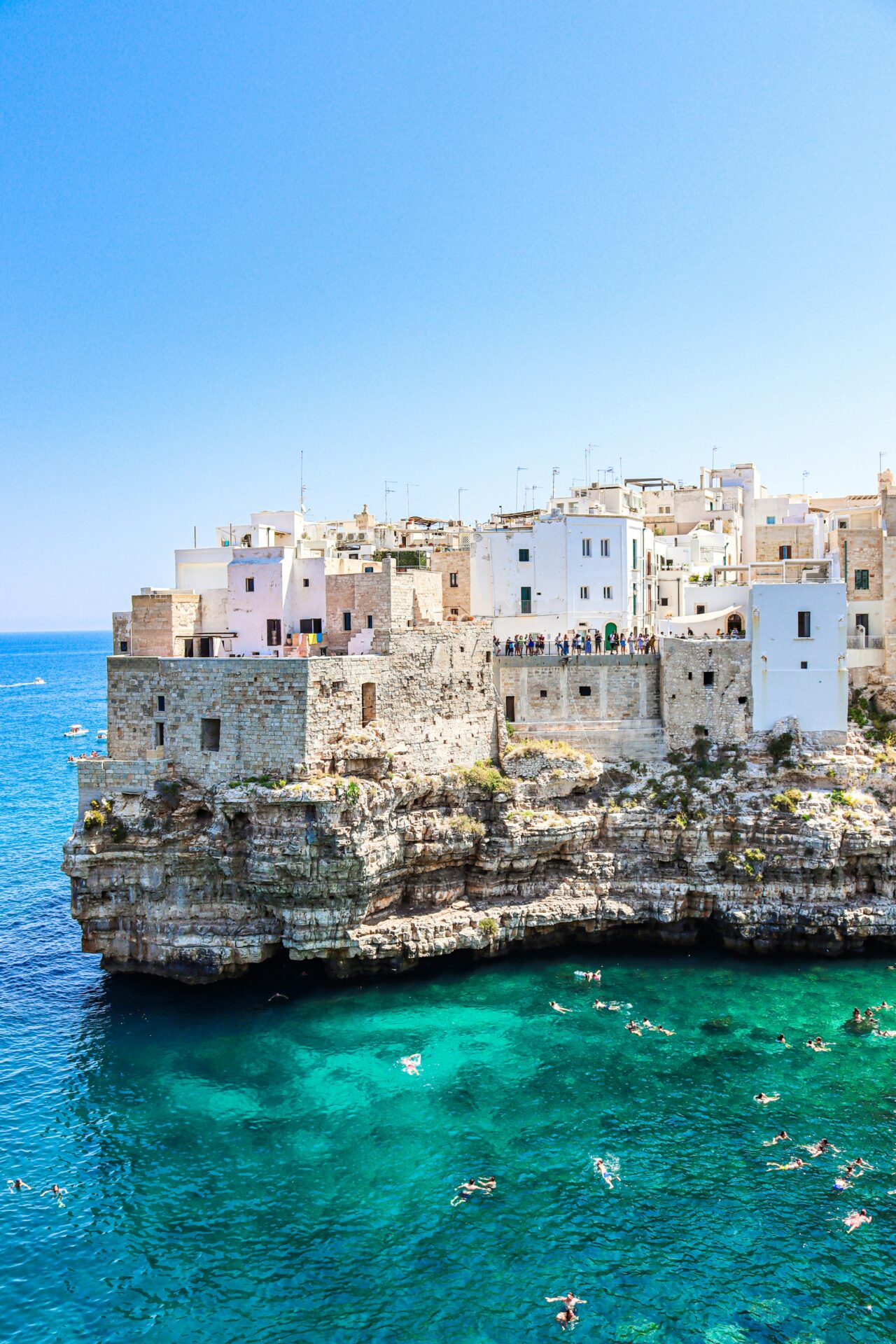
The Influence of Rome, Florence, and Beyond
Rome really set the stage for dammusi construction with ancient building techniques. You can spot the Roman love for sturdy, long-lasting structures in the precise stonework and those classic arched doorways you see in traditional dammusi.
When I looked at Florence and the wider Tuscan region, I noticed something interesting. Builders there use local materials like terracotta and often add more decorative touches.
Still, even with the extra flair, they keep the essential cooling features intact.
Venice’s mark shows up in a quieter way. Their knack for water engineering pops up in dammusi roofs, which channel rainwater down to cisterns.
That’s pretty smart, especially in Mediterranean places where water’s always a big deal.
So, you end up with this patchwork of styles and solutions across the Mediterranean. Each place puts its own spin on the basic idea, tweaking it to fit local needs and whatever materials they’ve got on hand.

